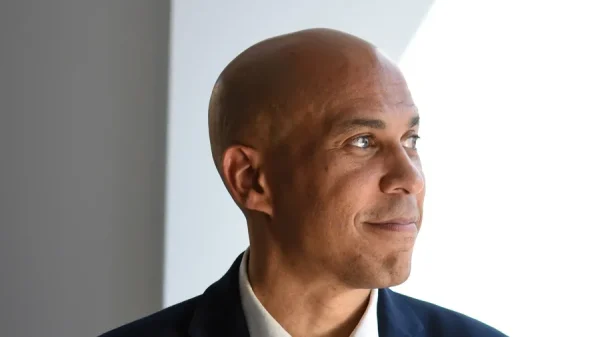Gas prices rising with summer heat
Maryland’s gas price average reached $2.84 within the first week of May, as prices are expected to jump over the next few weeks with the national average nearing $3 per gallon. In some states, prices could reach $4 a gallon in the summer. As costs drift to over a dollar more than they were a year ago, and the highest they’ve been in 18 months, Americans and Poolesville drivers alike are left wondering how it happened. To Jessica Mense, a senior, the prices can be summed up in one word: abnormal.
Poolesville Reacts
The high costs have encouraged students to start carpooling, join rewards programs, and plan to bike and walk more in the coming years.
Mense, a resident of Poolesville, is on the road a lot as she finds that most of her activities are only accessible by car.
“I’ve definitely begun to drive more over the past few months as restrictions have been lifted. The prices haven’t really changed my habits, but have made it a little more frustrating.” Mense has also looked to other options when it comes to travel.
“I definitely am more conscious about trying to carpool when possible. It takes a little bit more planning but in the long run saves everyone money if we’re not all driving separately.”
Connor Ransom, also a senior, is also surprised by what he pays at the pump.
“This is the highest I’ve ever seen gas prices, and it’s a significant increase from what it was when I first got my license.” Ransom predicts his habits will change in the near future.
“I think I’ll probably try to bike and walk more, especially since I will have more non-gas expenses in college.”
Some have blamed the recent prices on President Biden, who supports a reduced dependence on fossil fuels. However, according to the U.S. Energy Information Administration, presidents have a minimal effect on gasoline prices, and the retail cost is decided mostly by supply and demand, two factors that have changed drastically over the past year.
Control Over Supply
The lockdowns and heavily reduced travel at the beginning of the COVID-19 pandemic led to an agreement between countries in The Organization of the Petroleum Exporting Countries (OPEC) to reduce oil production. Russia, a key exporter ally to OPEC but not an official member, decided to ignore these production cuts when they were announced in February 2020. As the third largest oil producer in the world, they aimed to gain greater market shares and profit off of the lower prices in the U.S. shale industry. Angered by their disproportionate share of cuts with Russia’s refusal to cut production, Saudi Arabia and other members of the alliance reversed production cuts in March 2020, resulting in the largest production jump since September 1990 at 1.7 million barrels being produced per day.
A year later, OPEC has been successful in inflating prices by lowering production, pumping roughly 780,000 barrels of oil a day less than at the beginning of the year despite a 30% increase in prices in recent months. OPEC nations are using the high prices to support the recovery of their economies— the higher prices balance budgets and service debts. Oil is a relatively inelastic good, meaning whether price goes up or down, consumer demand will usually be the same. OPEC’s hefty control over the supply paired with a recovery in demand from the phenomenon of the past year allows these oil producing countries to retain leverage over the prices, as high demand and low supply will boost up the prices.
The production cuts were present in the U.S. as well. This past winter’s deep freeze in Texas inhibited some of the nation’s largest gasoline and diesel producing refineries that supply 4.6 million barrels of oil per day, with a number of refineries being shut down over concerns of employee safety and weather-related power outages. These climate-related shutdowns proved to be another contribution to the decrease in the supply of oil.
Increased Demand after COVID-spurred Drops
The International Energy Agency estimated that in March 2020, demand was down by almost 30 million barrels per day, leading to a near-record level of 535.2 million barrels in US stockpile by May 1. In March of last year, the national average price for gas was $2.15, $0.44 cheaper than the average a year before. In all, prices for crude petroleum imports fell 62.8 percent from January to April of 2020. A year later, driving and travel has increased with ease in restrictions and lockdowns across the country. As more drivers take to the road, demand has shot up dramatically.
However, part of the recent rises is a yearly routine: prices are seasonal. Demand goes up in summer months compared to the colder parts of the year, another factor of demand pushing price up. Furthermore, during these spring months, many US refineries are taken offline for annual maintenance and beginning the switch to summer gasoline blends.

Beat: Current Events and Food
Charlotte Vogel is a senior in the Humanities program. She is a dancer and instructor at Hope Garden Ballet Academy in...








